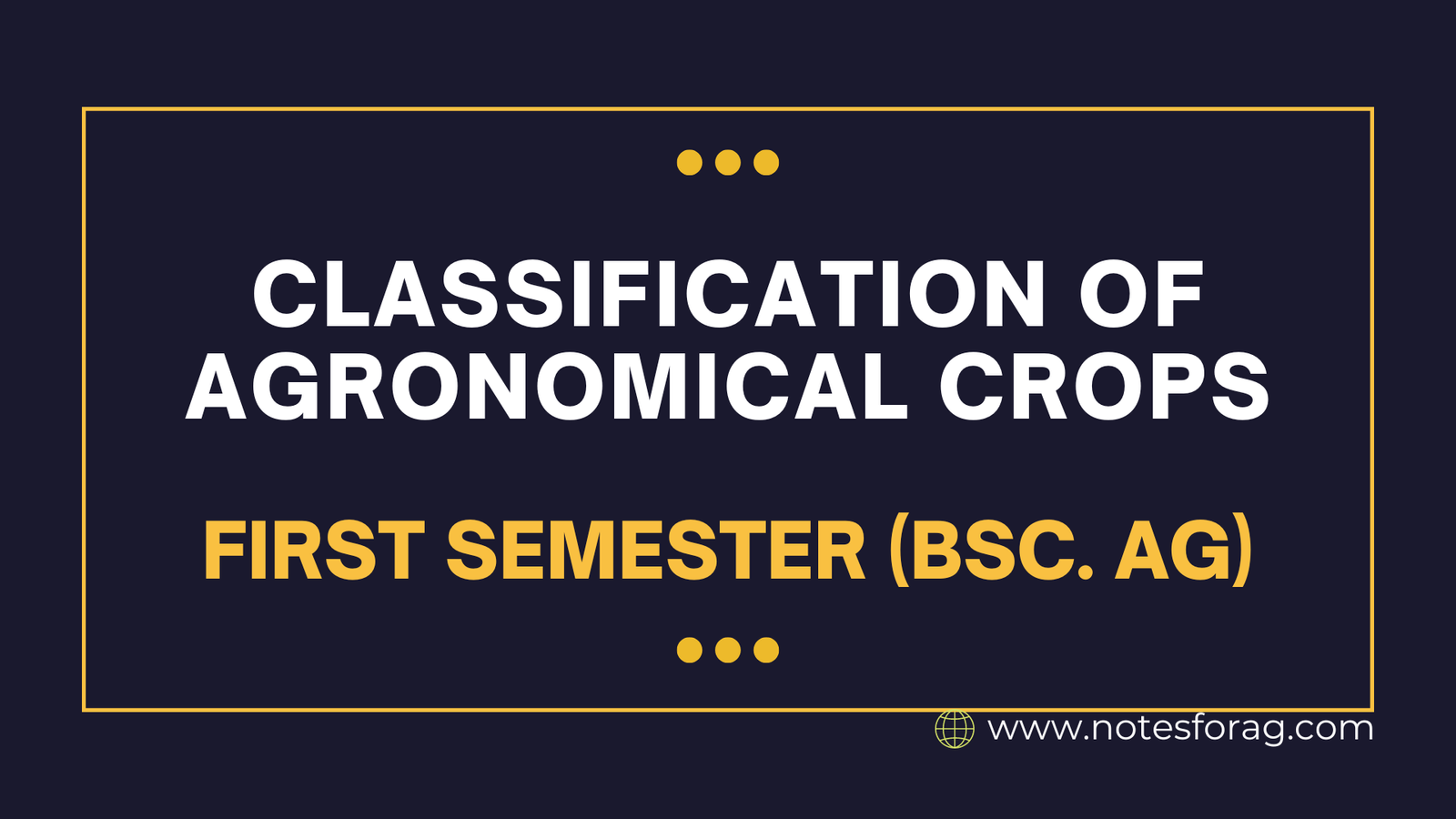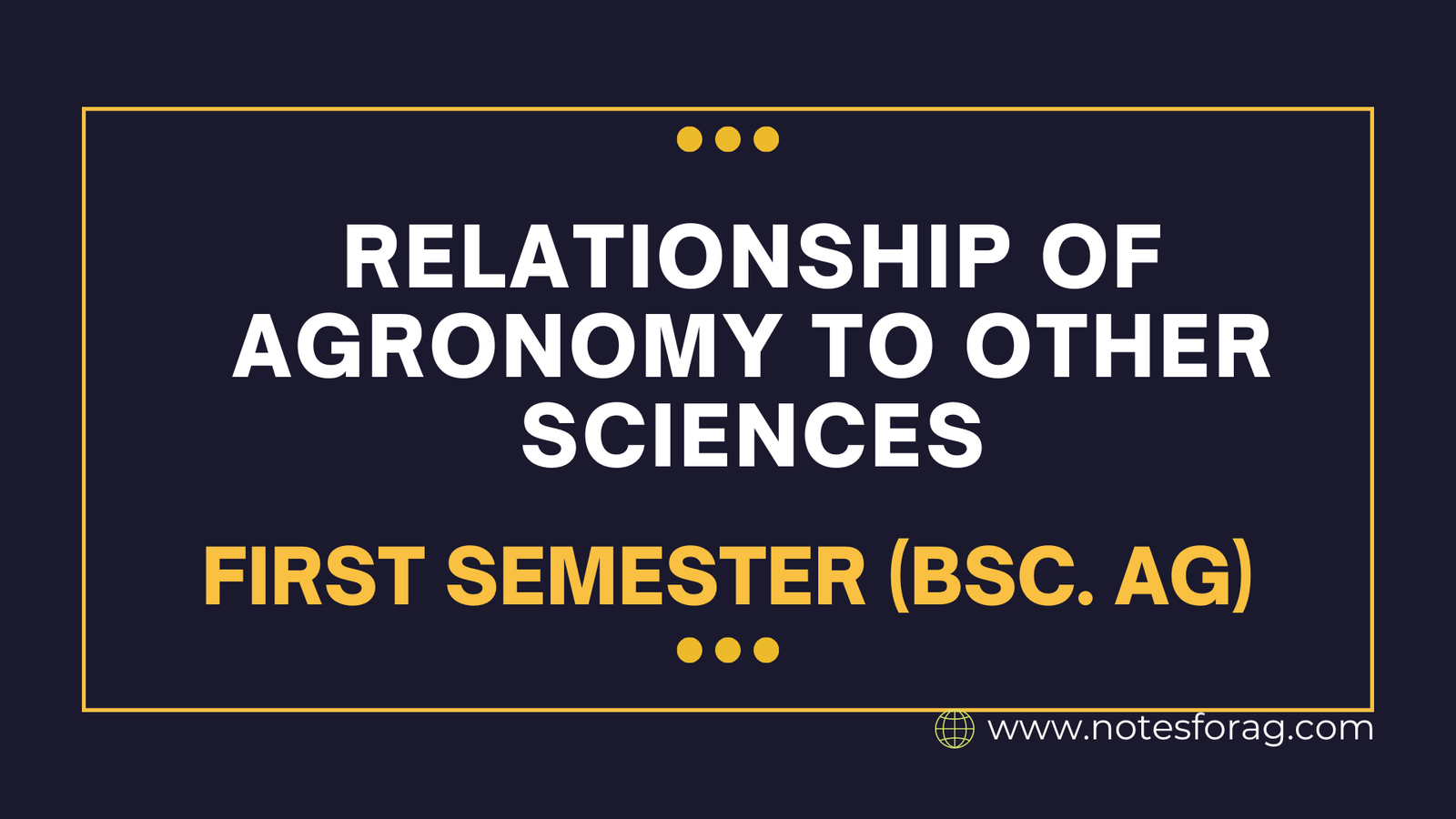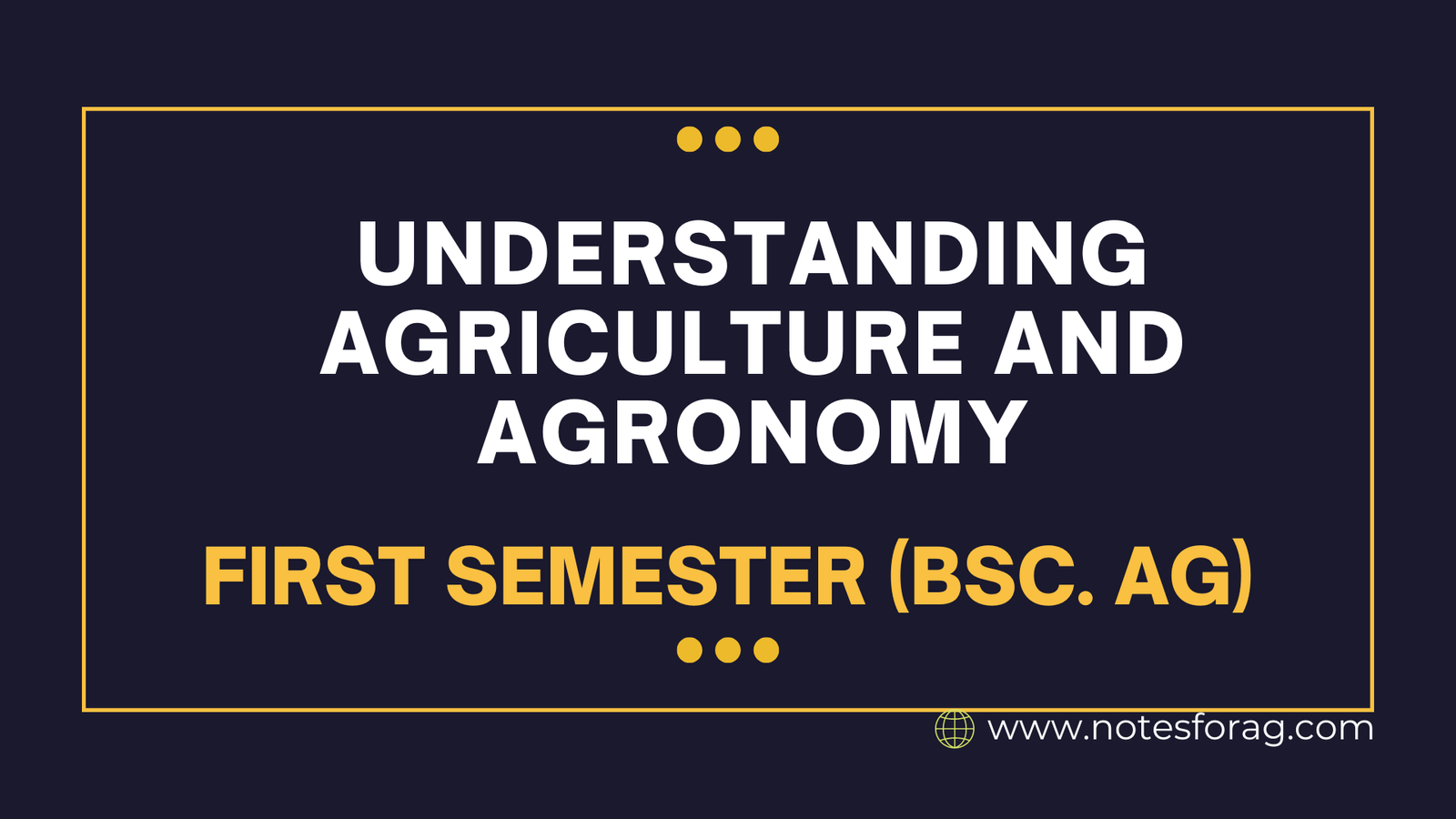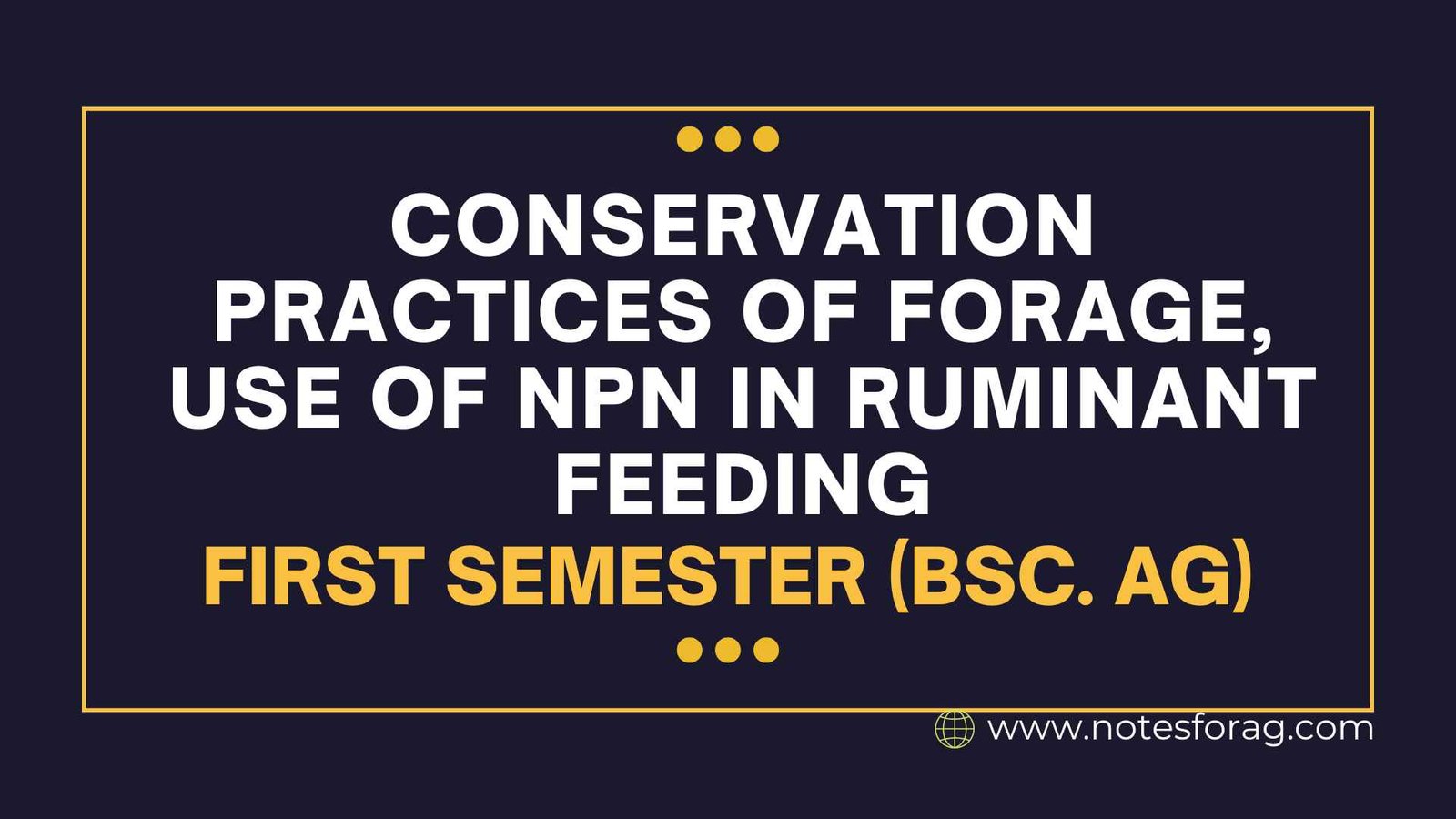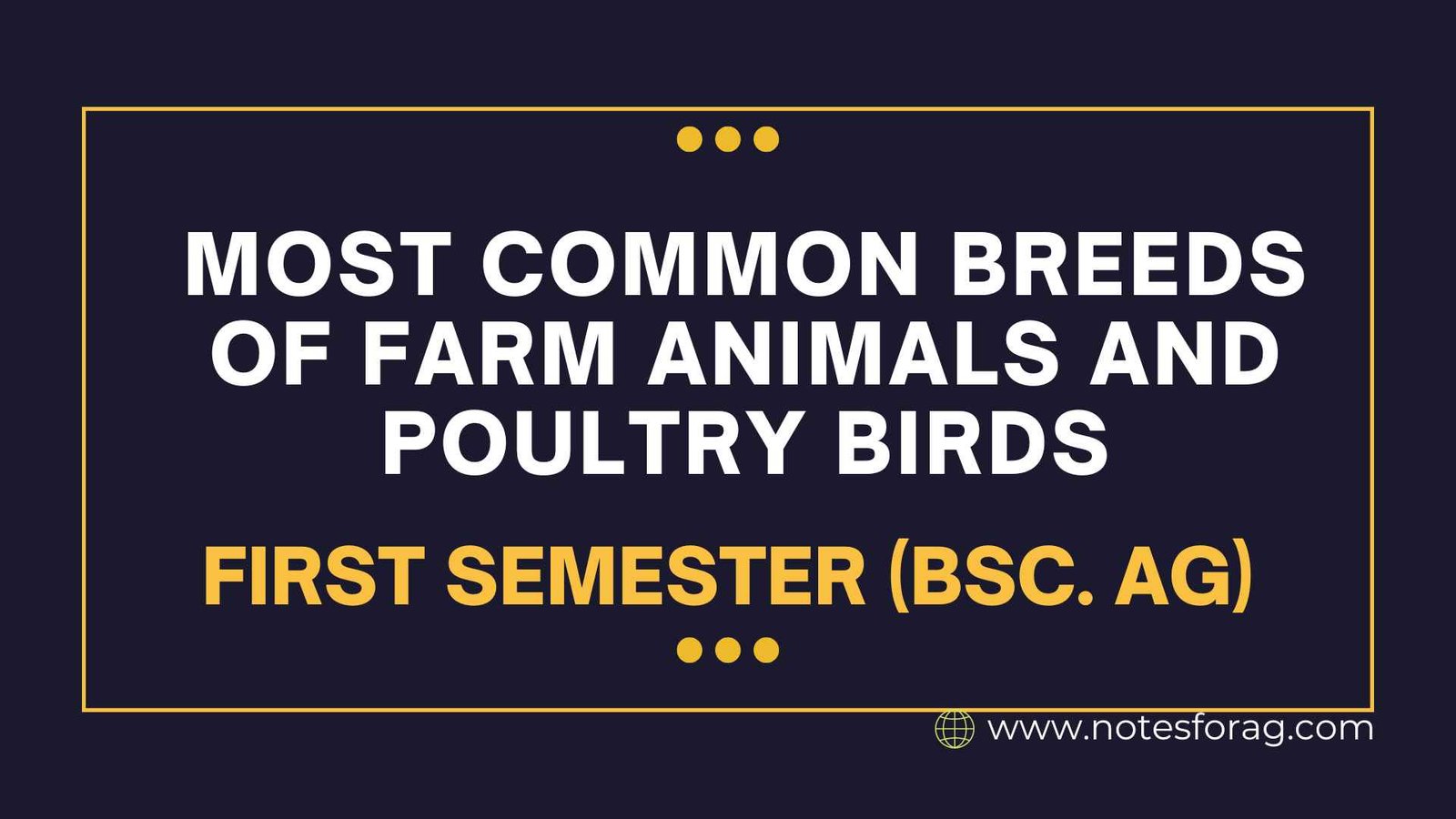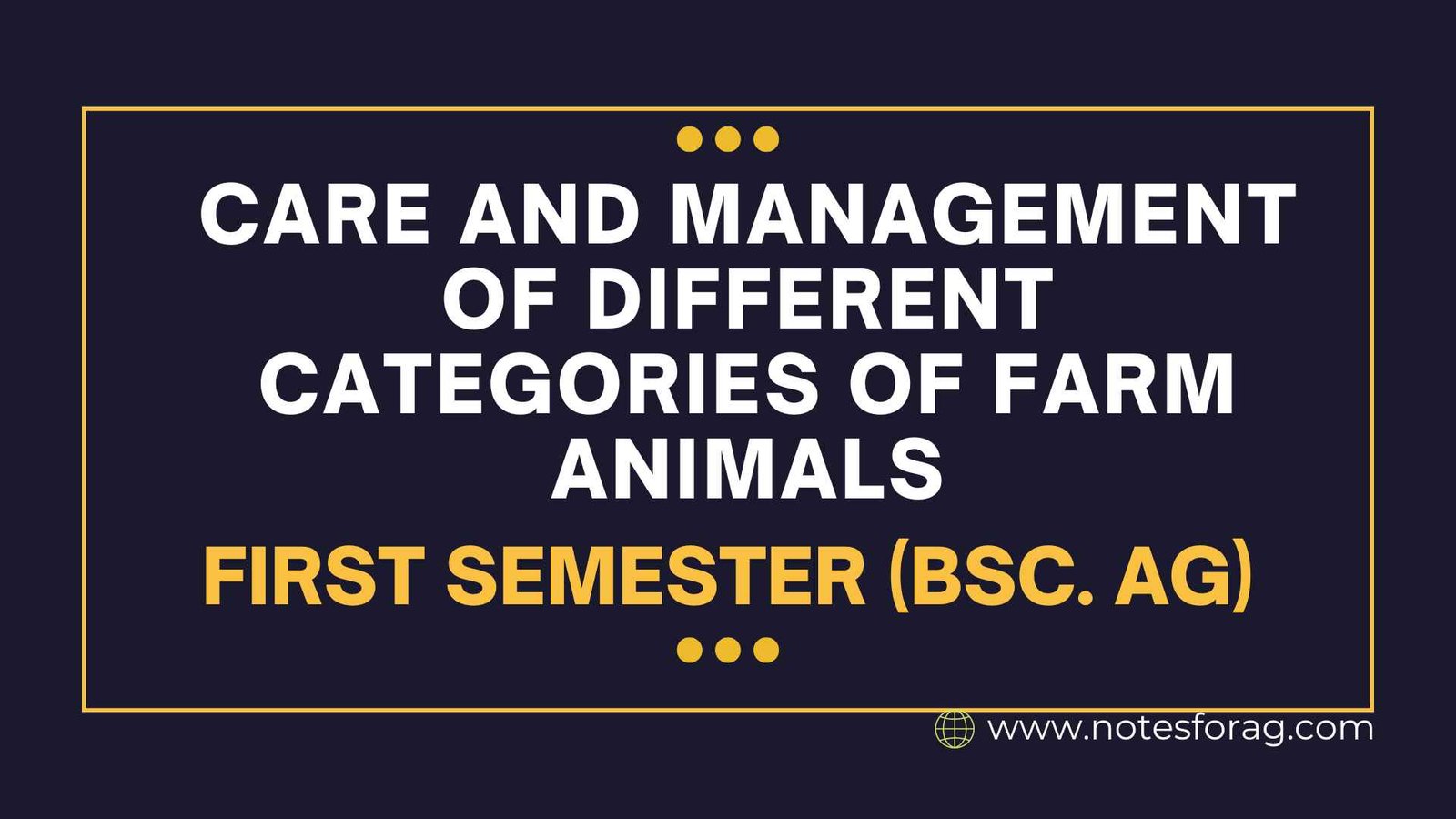Elements of climate
The essential atmospheric conditions that specify the long-term weather patterns of a location are included in the elements of climate. Temperature is a measure of how warm or cold the atmosphere is; precipitation includes all types of water, including rain, snow, and hail; humidity is a measure of how much moisture is in the air; … Read more



